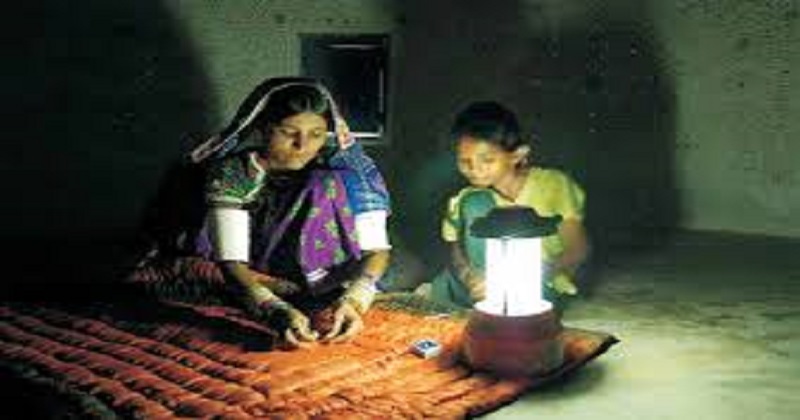
Indian education needs reforms, especially in terms of infrastructure. Often, schools operate out of dilapidated and inaccessible buildings with small classrooms. The lack of reliable electricity affects students, especially those in rural areas. The implications for education are huge. Attendance, dropout rates and learning outcomes can be affected by lack of electricity. Rural education can therefore be transformed through electrification efforts.
Electricity has always been a problem in rural areas. In spite of the government’s achievement of 100% electrification of villages, it does not portray the whole picture. A village’s level of ‘electrification’ is not reflected in the criteria for ‘electrification’. Furthermore, the 100 percent figure ignores the quality and reliability of electricity, as 50 percent of rural households suffer from power cuts eight hours a day.

Education and Electrification
Energy access in rural areas is not affordable, reliable or of high quality.. Teachers and students can use technology when they have access to electricity. Even a simple ceiling fan can make a difference between a recalcitrant student staying in school on a hot day or not.
While electricity can extend the studying time of students outside of the classroom, it can also let students get certain household chores done quicker, allowing them to spend more time studying. In addition to enabling security measures like street lighting and CCTV cameras, electrification can encourage women and young girls to step out with more confidence. Overall, electric access backs up education – it’s no secret that a healthy, stress-free child is more effective and engaged at school.
COVID-19 has further underlined the importance of electric power. Lockdowns forced schools to switch to remote learning, which is completely dependent on electricity. A significant number of students, or households for that matter, do not even have access to a digital device, or if they do, it’s often a single device shared by multiple people. It is unlikely that students could continue their education despite access to electricity in such circumstances. Without it, the situation only gets worse. Even without considering the exponential impact of teachers not having access to electricity.
The Way Forward
It is not all doom and gloom – there is light around the corner. It is a national goal of the Indian government to build India’s energy capacity, with a special emphasis on renewable energy. Increasing access and quality in rural areas will be possible if every aspect of electrification is addressed, from generation to transmission to distribution
State-owned distribution companies (discoms) should be the first priority. These companies would act as the final point of delivery for electricity and be vital for rural areas. Some are chronically mismanaged, have low standards of operation and low rates of revenue collection. As such, many of them do not have the health or incentive to service rural areas—fixing discoms would thus benefit rural areas without the complicated task of installing new technologies.
Read more: ‘Moo-sic’: Swiss cows are airlifted off mountain pastures for annual parade
The energy sector, however, needs to embrace new technologies. Climate change is accelerating the doomsday clock with each passing year. The exact timeline is unclear, but it is clear that carbon fuels need to be replaced with renewable sources of energy. Decentralized Renewable Energy (DRE) is one type of renewable energy that will be crucial in rural electrification. DRE technologies like rooftop solar power, microgrids and rechargeable batteries will help fill that void. Electricity can be provided to homes without access to the grid, so DRE is suited for remote areas where discoms might not be able to provide utilities. Electricity can be used to fill the gap in areas where power cuts occur frequently.
There is no panacea for rural education, and electrification cannot replace other measures, such as increasing the capacity of schools and improving the quality of teaching. The fact remains that electrification is necessary for these efforts to take shape, especially since e-learning and blended learning models of teaching are becoming popular. This foundation must be laid while India’s population is still young and growing. The country can be transformed if it is achieved. As an added bonus, electrification can transform other fields like healthcare, industrial efficiency and work productivity.

Post Your Comments